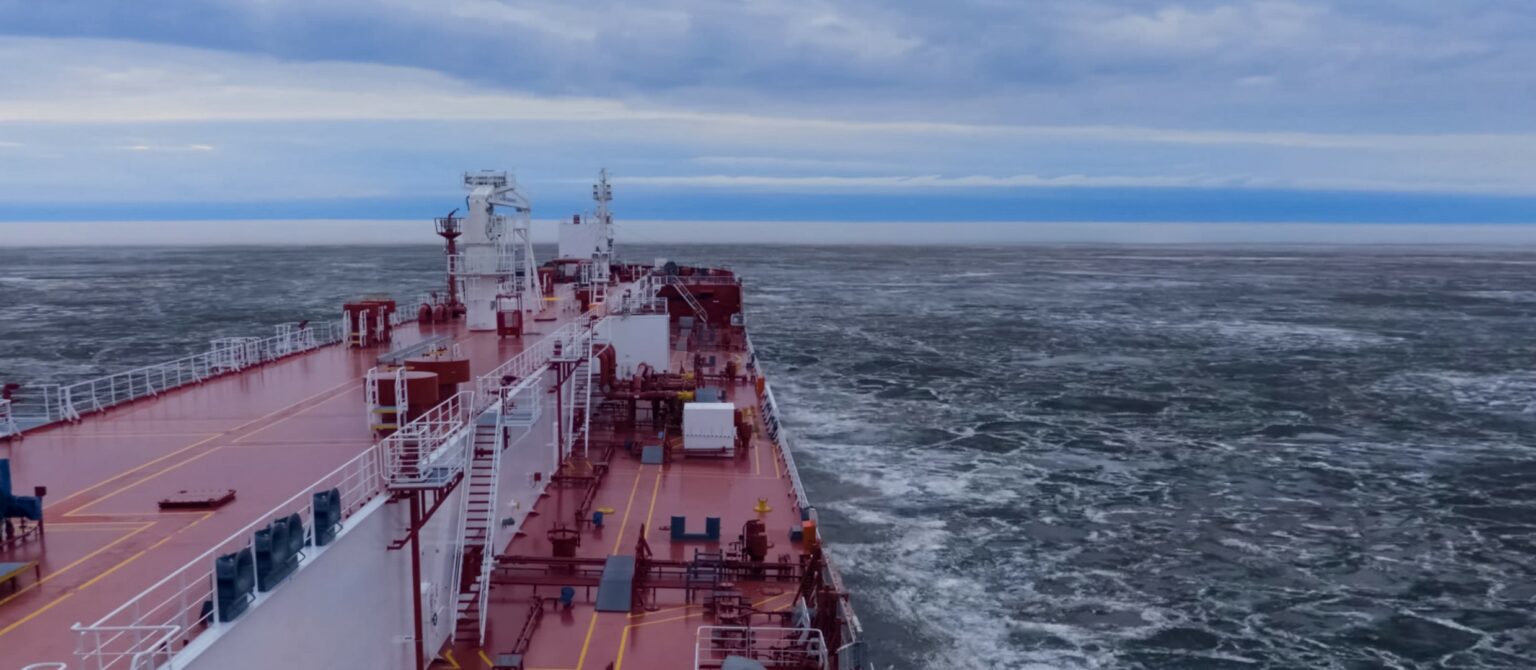BACKGROUND
Leading global dredging, offshore contractor and maritime services provider, Boskalis Subsea Services were project managing the chain inspection of the Offshore Storage Installation (OSI) Tanker situated in Liverpool Bay on behalf of multinational energy company, ENI. Boskalis provide innovative and sustainable solutions offshore, for ports, and in various regions of the world. The OSI receives oil from the Douglas Complex of oil platforms in the Irish Sea by way of pipelines under the sea. For this project, Boskalis approached OMC to harness our Towage expertise and knowledge for heading control of the OSI tanker.
CHALLENGE
A solution was required to control the heading of the OSI tanker to deliver and implement a procedure whilst diving operations were carried out within the swing circle. Paramount to this was the development of protective procedures to ensure the safety and security of the Dive Support Vessel (DSV) and the divers who were carrying out inspections on the mooring chains. Boskalis got in touch with OMC to utilise the experience of our expert Towmasters and Master Mariners.
SOLUTION
OMC, in collaboration with the Boskalis project team and the crew aboard the OSI tanker, arranged a new system for a lightweight solution for connection and disconnecting the towing vessel. The new system maintained the same minimum breaking load that had been previously in place.. This ensured zero compromise for the tanker during disconnect and reconnect phases.
Heading control procedures were compiled and implemented by OMC during the project. These procedures focused on ensuring the safety of both the Dive Support Vessel and Divers operating within the tanker swing circle. In collaboration with the OMC supplied hydrographic survey team, OMC Mariners were able to monitor the heading of the OSI Tanker, position of the DSV and position of the Heading Control Tug (HTC) at all times throughout the campaign.
RESULTS AND BENEFITS
The entire campaign was carried out safely, efficiently and successfully, with all parties able to maintain safe positions at all times. The offshore team successfully monitored power settings used on the heading control tug and constantly monitored both the weather and tides forecasts and with a vigorous procedure in place.
OMC utilised a wealth of towing experience and knowledge of modern maritime equipment to create a safe, practical and robust process for the connection and disconnection of the heading control tug. The new process is significantly more manageable than previous processes for the equipment available and allows for easier recovery should an emergency disconnect been required.
